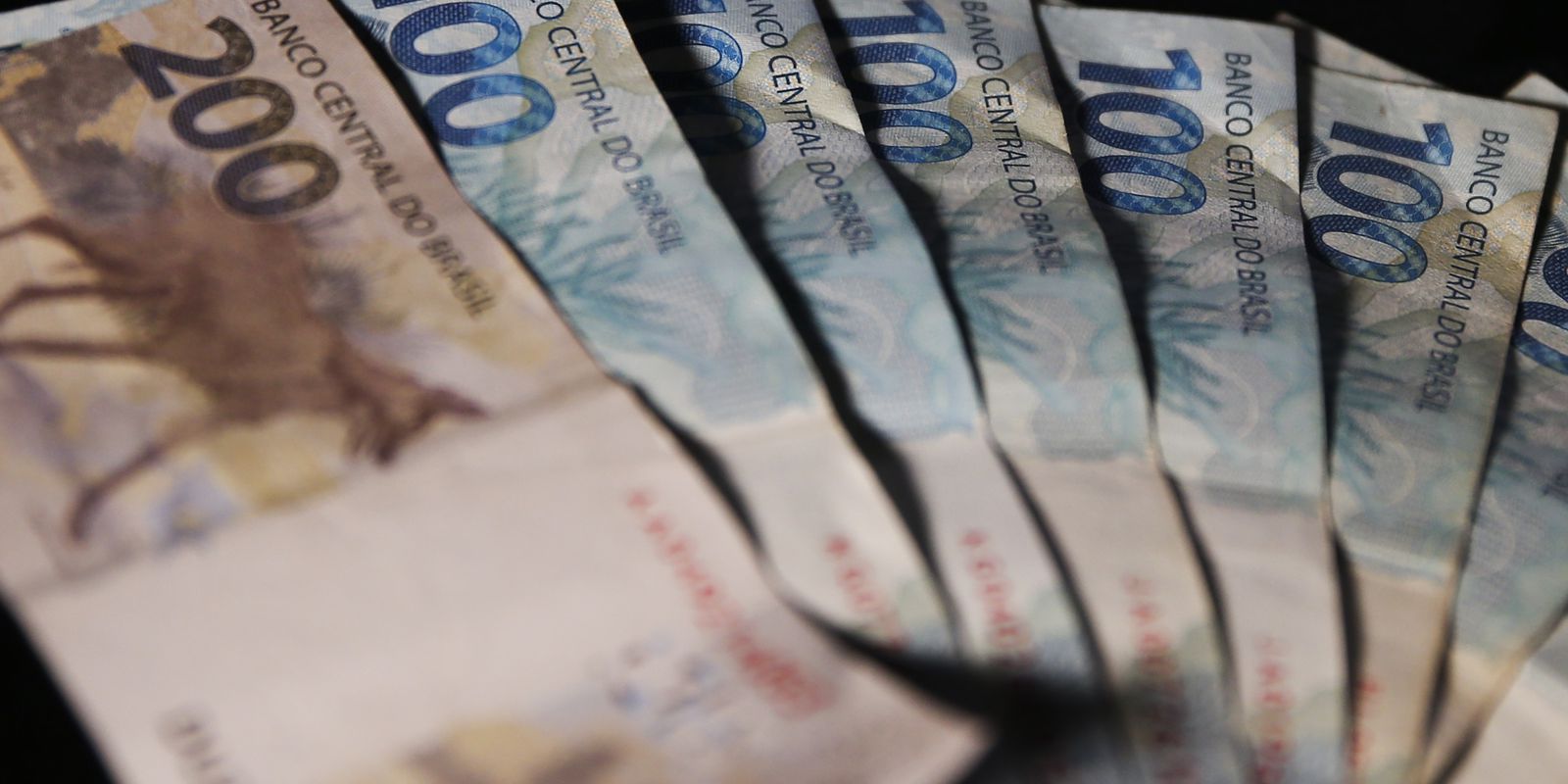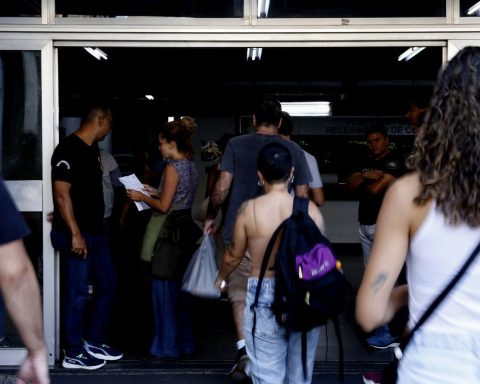The large volume of fixed-rate securities in January caused the Federal Public Debt (DPF) to start the year with a sharp drop. According to figures released this Tuesday (28) by the National Treasury, FPD went from R$ 5.951 trillion in December to R$ 5.769 trillion last month, with a decrease of 3.07%.
Despite the drop, the Treasury predicts that the DPF will rise in the coming months. According to the Annual Borrowing Plan (PAF), presented at the end of January, the FPD stock should end 2023 between R$ 6.4 trillion and R$ 6.8 trillion.
The Domestic Securities Public Debt (in bonds) (DPMFi) fell 2.88%, going from R$5.698 trillion in December to R$5.534 trillion in January. Last month, the Treasury redeemed R$ 216 billion more in securities than it issued, mainly in prefixed securities (with fixed interest), which usually mature in the first month of each quarter. The fall in DPMFi was not greater only because there was the appropriation of R$ 51.77 billion in interest.
Through the appropriation of interest, the government recognizes, month by month, the correction of interest on securities and incorporates the value into the stock of public debt. With the Selic rate (basic interest rate of the economy) at 13.75% per year, the appropriation of interest puts pressure on government debt.
Last month, the Treasury issued BRL 84.56 billion in DPMFi bonds. With the high volume of maturities in January, redemptions totaled R$ 315.30 billion.
On the foreign market, the fall in the dollar in January reduced the government’s indebtedness. The External Federal Public Debt (DPFe) fell 7.32%, from R$ 264.72 billion in December to R$ 252.45 billion in January. The main factor was the 2.27% decline in the dollar last month.
Mattress
After two months of increases, the public debt cushion (financial reserve used in times of turbulence or a strong concentration of maturities) fell in January. This reserve went from R$1.176 trillion in December to R$953 billion last month. The main reason, according to the National Treasury, was the concentration of maturities in January.
Currently, the mattress covers 7.62 months of public debt maturities. In the next 12 months, the maturity of R$ 1.418 trillion in federal securities is expected.
Composition
The high volume of maturities changed the composition of the FPD. The proportion of papers indexed by basic interest rose from 38.25% in December to 40.49% in January. The PAF predicts that the indicator will close 2023 between 38% and 42%. As this type of paper once again attracted the interest of buyers due to the recent increases in the Selic rate, the forecast is that the percentage will rise again in the coming months.
Due to the concentration of maturities, the share of fixed-rate securities (with yield defined at the time of issuance) fell, from 27.01% to 23.47%. The PAF predicts that the share of the Federal Public Debt corrected by this indicator will end the year between 23% and 27%.
The Treasury has launched fewer fixed-rate papers, due to the turmoil in the financial market in recent months. These bonds are in greater demand in times of economic stability.
The share of inflation-adjusted securities in FPD rose from 30.26% to 31.74%. The PAF predicts that inflation-linked bonds will end the year between 29% and 33%.
Comprised of old domestic debt securities indexed in dollars and the external debt, the weight of the exchange rate in the public debt increased from 4.48% to 4.3%. The public debt linked to the exchange rate is within the limits established by the PAF for the end of 2022, between 3% and 7%.
holders
Financial institutions continue to be the main holders of the internal Federal Public Debt, with a 27.3% share in the stock. Investment funds, with 24.4%, and pension funds, with 23.6%, appear next in the list of debt holders.
The participation of non-residents (foreigners) rose, changing from 9.4% in December to 9.8% in January. The increase occurred, despite the turmoil in foreign markets. The other groups account for 14.9% of participation.
Through public debt, the government borrows money from investors to honor financial commitments. In exchange, it undertakes to return the resources after a few years, with some correction, which can follow the Selic rate (basic interest rate of the economy), inflation, the dollar or be prefixed (set in advance).
















